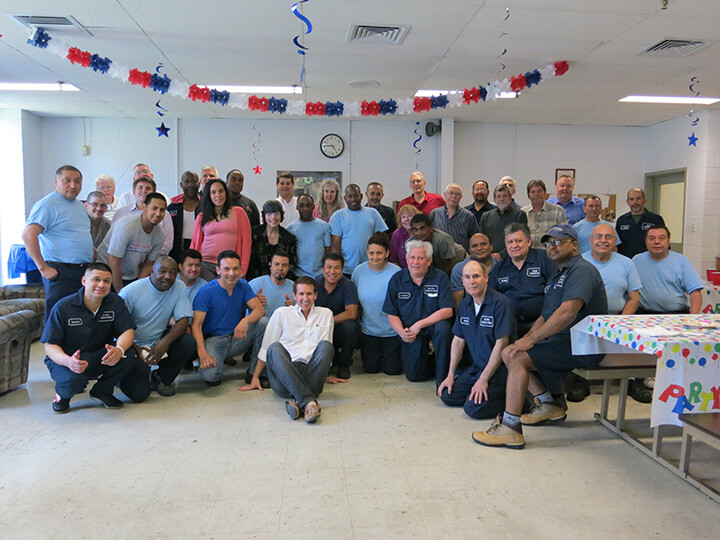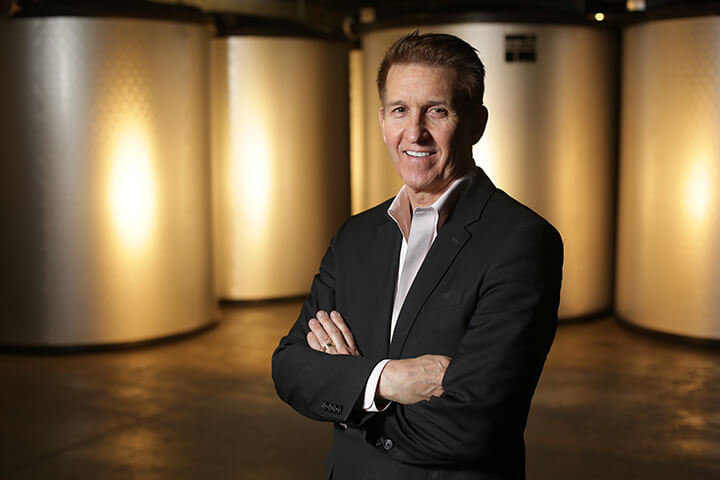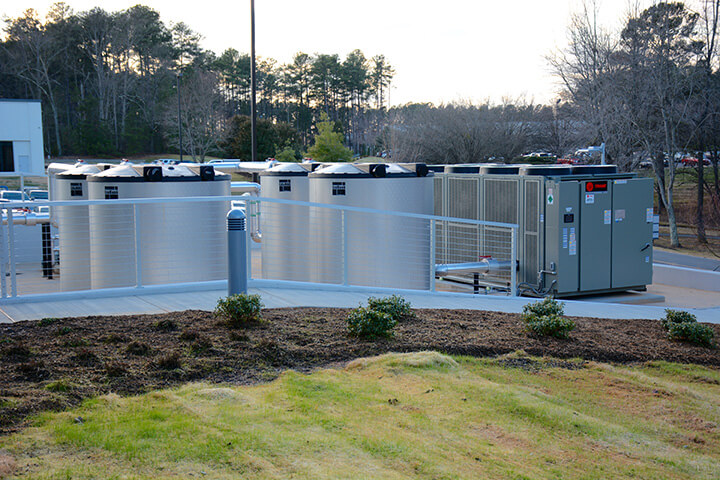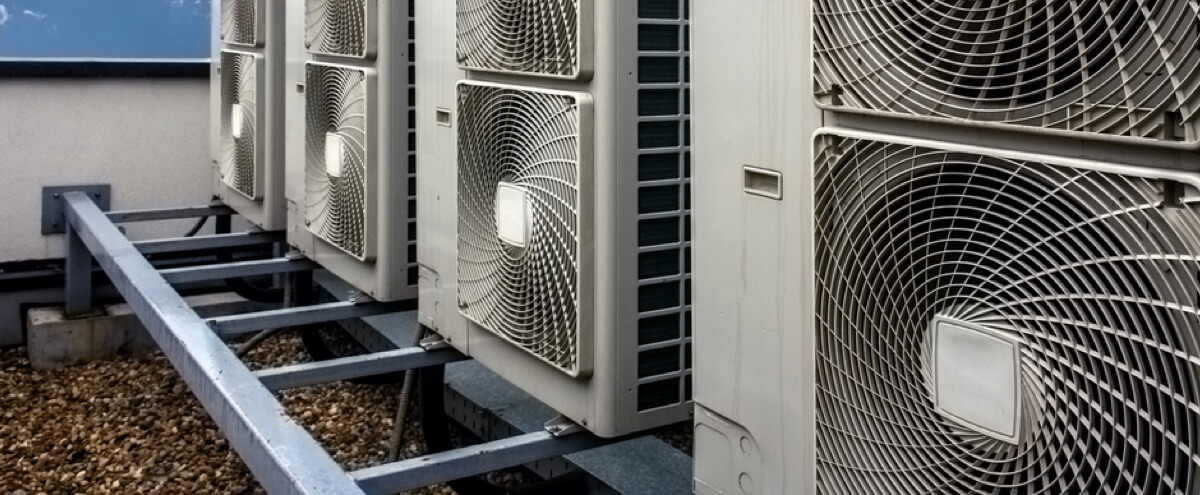
EBITDA Multiples by Industry: How Much Is Your Business Worth?
We present data on EBITDA multiples across eight industries, along with detailed analysis and tips to improve your multiple before exiting.
Tags
70 years ago, Mark MacCracken’s father Calvin MacCracken founded CALMAC, a family business and a leading US manufacturer of cool energy-related technologies and thermal energy storage products. Young Mark joined his father in 1976 after receiving a college degree in mechanical engineering, and he later became the CEO in 1996 after his father’s retirement.
The business grew from $800,000 in sales back in 1976 to $15 million in revenue in 2016. Today, CALMAC’s premiere IceBank product is an energy-efficient, air-conditioning solution that makes ice at night to cool buildings during the day. IceBank is used in notable buildings including Rockefeller Plaza and the Credit Suisse Building in New York City.
Still, CALMAC was a small family business headquartered in Fair Lawn, New Jersey with 40 employees, until a phone call Mark received in a hot summer day in late July, 2016 that changed everything.

“I had gotten three calls a week [from investors] for the past 10 years inquiring to buy my business,” Mark said. “But this buyer had never called.”
The “unexpected” caller was Ingersoll Rand (IR), CALMAC’s long-term partner for 25 years. They were interested in acquiring CALMAC through their subsidiary, Trane.
Ingersoll Rand is a publicly-traded company that designs, manufactures, sells and services industrial and commercial products. The company offers services like building management, bus and rail HVAC, container and cryogenic refrigeration, package heating & cooling, temporary heating & cooling and more. A subsidiary of IR, Trane has provided heating and air conditioning services since 1913, and it was acquired by IR in November 2007.
CALMAC sold its products through IR’s distribution network for over two decades because its thermal storage tanks needed some of IR’s products to function properly.
Mark was not totally surprised by this call. “I got endless emails, and most were just people or firms fishing. And they said, ‘oh yeah, we know about energy storage,’ but they knew nothing about energy storage.”
“For me to sell, I needed somebody who was a true strategic buyer, not just somebody that wanted to go into the air conditioning and manufacturing business in the Northeast. I needed somebody who thinks energy storage is strategically important for them going forward.”
But Mark didn’t act immediately on IR’s inquiry, he wanted to think about it. The sentiment around selling a 70-year-old family business was strong; it was hard for Mark to give out this gem after 40 years of serving the company and his people.
“It’s a corporation that my father formed a long time ago, the company is called CALMAC because my father is Calvin MacCracken.”
Also, what would happen to the business after the acquisition was an even bigger question to ask.

“Our sales never grew to where I thought the potential was. There were tools needed to sell our products and it was difficult to sell through somebody that was not integrated,” Mark said.
He explained that CALMAC’s product doesn’t use any energy, it only stores it, while IR has products called “chillers” that create the cooling. Both sides saw synergies between the two businesses if they could combine the two products.
“However, the product sales process should be streamlined to make it easier for the customers to make decisions based on facts, ROI and modeling,” Mark added.
Mark thought about it for two months and eventually saw a need for IR to fully integrate its business and an opportunity for CALMAC products to reach full potential.
“It behooved them to do the deal.” Mark said. “There is a very strong pull-through for each million of sales of our products. It pulls along two times of Ingersoll Rand’s product. So there’s a big benefit for products and for air conditioning going thermal storage.”
The first talk with IR went pretty smooth. The company said they wanted to keep all CALMAC people and have Mark stay on the management team if an acquisition were to happen, which immediately was a big plus for Mark.
The talk Mark had with his employees, however, was a little bumpy. Mark said about 90% of his employees didn’t know about the sale before he announced it. “It was a bit of a shock,” he said. “They are so used to me being the father figure in the company, and I’ve always treated the people as my families.”
But Mark did a lot of investigation on his side. He found out that IR has a very good reputation for employees and employee benefits. “Pretty much everything was going to be the same or getting better for all of my employees if Ingersoll Rand bought us.”
Mark then decided to move forward with the sale.

The two companies started the M&A process in September 2016. And Mark quickly got overwhelmed.
As a publicly traded company with rich experience in doing M&A deals, IR had a team of over 50 people on its due diligence team, a number larger than Mark’s entire company’s headcount, 40. The investor also had a list of over 500 questions for Mark asking all details on financials, sales, environmental, corporate structure, human resources, bill of materials on manufacturing, information on leases and operations and more.
While all of this was just fair game for IR, it was certainly overwhelming for Mark, the first time seller. Mark handled the preliminary discussions pretty well, but to work on a deal while running a business as a CEO was exhausting.
In January 2017, Mark engaged the DAK Group, an M&A advisory firm doing middle market deals, as the investment banker on the deal.
The due diligence process started in April 2017 with the DAK Group leading the process.
Alan Scharfstein, President of The DAK Group and the lead banker on the deal, said that working on a deal where the seller and buyer had a very close relationship was “both a great advantage and a challenge at the same time.”
“On one hand, the buyer and seller knew each other and had worked closely together, so they understood each other’s product and the advantage of each,” Alan said. “But they were also so close to the deal that sometimes you needed to insulate them from the nitty-gritty of the transaction.” Alan said he wanted to make sure that both companies remained highly positive and focused on the big strategic advantage if the deal eventually happened.
Alan said a lot of the work he did was not just on the details of the transaction, it was also making sure that Mark remained very focused on the running of the business. He didn’t want Mark to be distracted during the extended negotiation period, and he wanted to keep the buyer focused on the big strategic advantage that this acquisition could bring to them.
From the bank’s side, helping Mark evaluate his exit alternatives before settling on a sale was also a critical task. Alan from the DAK Group said he gave Mark three alternatives to an acquisition from Ingersoll Rand: a sale to some players in the technology space, a sale to a private equity investor in the light that the business would grow with expectation of a secondary sale later on. Or Mark could continue to run his business independently.
Equally important as the exit alternatives was the discussion on how to build out the business model for the new entity as to what this venture would look like post-transaction.
Alan said he and Mark together evaluated if there were opportunities for more top line revenue, whether a fully integrated solution could be sold better by the buyer’s marketing group and how an acquisition from IR would significantly benefit the CALMAC’s ecosystem.
In the end, CALMAC decided that Ingersoll Rand provided the best opportunity. In November 2017, IR’s subsidiary Trane acquired the company.

“Getting an investment bank involved in a M&A deal is absolutely the number one takeaway,” said Mark.
He said the due diligence process led by the DAK Group was extremely thorough and efficient. While Mark created all the documents, the bankers reviewed them in great details and coordinated it with data room and the buyer. The assistance from DAK enabled Mark to run his business while handling the deal smoothly. Had Mark ran the whole process by himself, it would have been “excruciating” as he put it.
“I wish I had engaged the bankers even earlier. Having an advisor brought me a feeling of comfort,” Mark said. “Since you are dealing directly with people on the other side, you need that buffer to take some of the emotion out. Because it is emotional in certain respects, especially when it’s a family business.”
Alan also noted that some people might think that small companies are not of interest to larger companies just because of the size. This is a big misconception. The CALMAC sale was an example where a company, despite its low-level of revenues, could have a major impact on a very large corporation. CALMAC’s products take Trane out of the business of selling equipment and move it into the business of selling solutions.
“That is a huge change in the way they approach the marketplace and CALMAC is one of the important points to launch that initiative,” said Alan.
